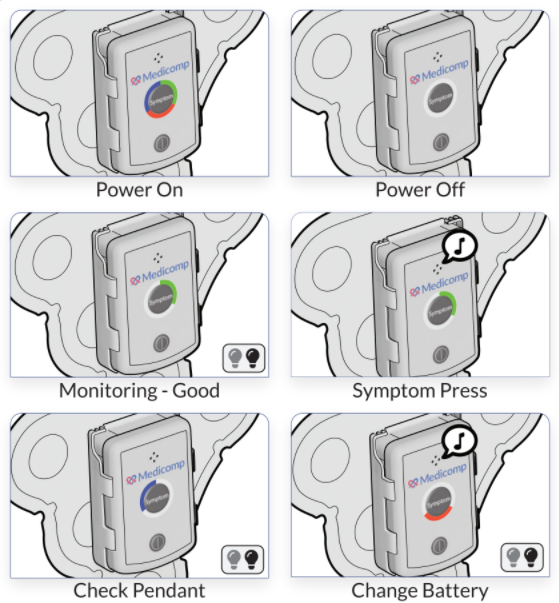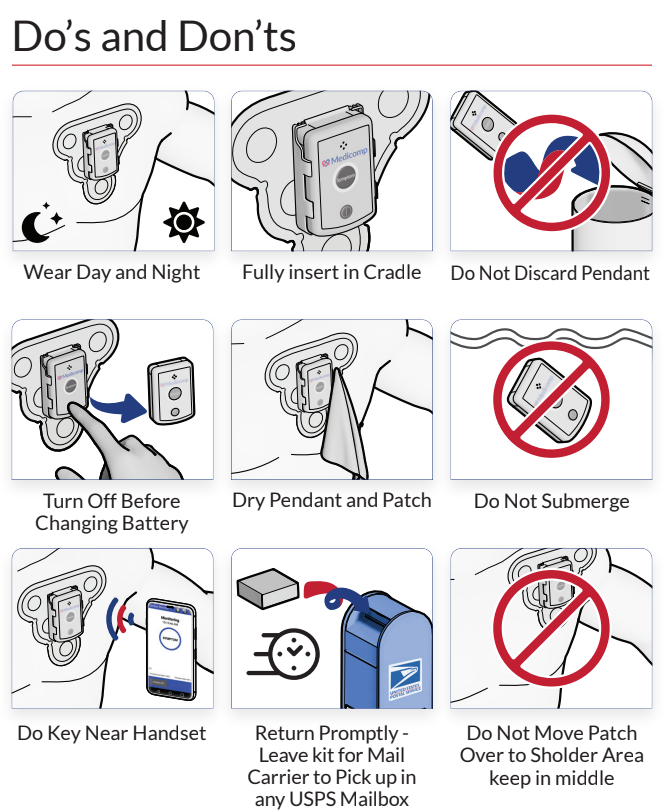Recent studies on instances of Brugada syndrome arrhythmias treated with Implantable Cardioverter Defibrillator (ICD) therapy have determined that the ICDs are effective in quelling potentially fatal arrhythmias in patients. Brugada syndrome is a genetic disorder causing arrhythmias in otherwise normal patients and is the major cause of sudden unexplained death syndrome in adults. Brugada syndrome is commonly diagnosed with an abnormal electrocardiogram (ECG).
An ICD detects abnormal heart rhythms, then treats those abnormalities with a stimulus in the form of an electrical shock delivered to the heart via wires connecting the ICD to the heart muscle. For patients with Brugada syndrome, ICDs have been found to treat potentially lethal arrhythmias. 17% of at-risk, asymptomatic patients predisposed to life-threatening ventricular arrhythmias survived otherwise fatal ventricular episodes because of ICD therapy. “On the basis of our findings, risk stratification by means of [fusion_builder_container hundred_percent=”yes” overflow=”visible”][fusion_builder_row][fusion_builder_column type=”1_1″ background_position=”left top” background_color=”” border_size=”” border_color=”” border_style=”solid” spacing=”yes” background_image=”” background_repeat=”no-repeat” padding=”” margin_top=”0px” margin_bottom=”0px” class=”” id=”” animation_type=”” animation_speed=”0.3″ animation_direction=”left” hide_on_mobile=”no” center_content=”no” min_height=”none”][electrophysiologic] studies might identify asymptomatic patients at risk for arrhythmic events and could be helpful in investigating syncope potentially not related to ventricular arrhythmias,” according to researchers. While the statistics seem promising, progression in treatment is still necessary: “ICD placement is frequently associated with device-related complications, affecting 16% of patients. Moreover, inappropriate shock rates remain high regardless of careful device programming.”
Technology has improved in ICDs, and the newer-generation models serve as pacemakers as well as stimulators. In other words, newer ICDs have the ability to deliver low-energy electrical pulses to the atria in the style of a pacemaker as well as packing a much greater punch to the ventricles for defibrillation if an abnormal heart rhythm is detected. The stimuli may be painful, but last only fractions of a second.
Read more on the latest technological cardiac trends by browsing their website, or call one the cardiac monitoring representatives at ReactDx at (800) 23-HEART for more information pertaining to portable cardiac monitors and heart issues.[/fusion_builder_column][/fusion_builder_row][/fusion_builder_container]



